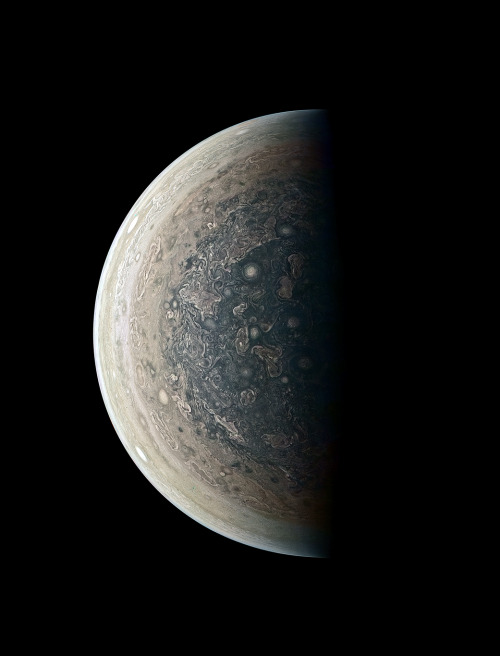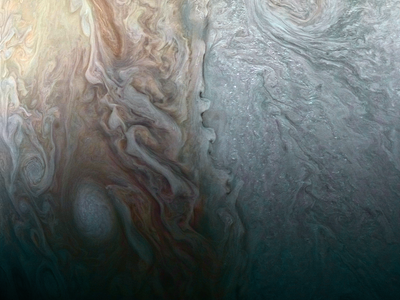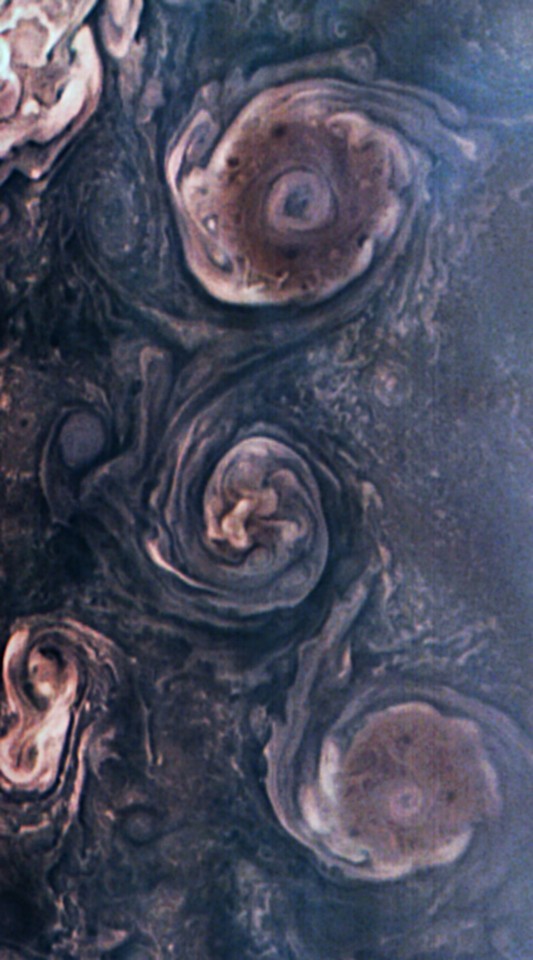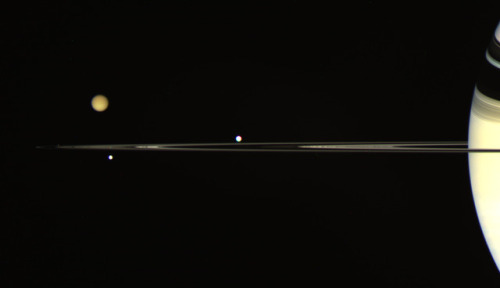After About A Decade Of Slowly Making Friends With All The Local Crows In Our Neighborhood By Feeding
After about a decade of slowly making friends with all the local crows in our neighborhood by feeding them peanuts when we go out walking, and putting peanuts out on our porch when they’re watching us, about three years back a pair of crows started bringing their fledgling by our porch to get peanuts. He was nervous at first but they showed him that it was safe and led him through the steps of cautiously getting nuts. Like one of his parents (we’re using male pronouns out of laziness, we can’t actually tell the gender of any of the crows), he has a funny habit of ruffling up his feathers into a big puff-ball, something we’ve really only seen this one and his parent do. We called his parent Fluffy because of this habit, so the fledgling was dubbed Fluffy Junior, often called just Junior.
Junior grew up coming by our porch for peanut treats, and following Jack and me when we go out walking. He’s easy to pick out because he’s far less skittish around us than any of the other crows who come to us for treats, and because he’s continued to do the fluff-ball thing. At first he came along with his parents, and then eventually just him, and then last winter he started bringing another crow along with him who was a lot more nervous around us than Junior or his parents had ever been.
Then for awhile this spring, we were only seeing Junior or his very skittish mate, never both of them together, and about two weeks back we finally found out why – Junior has a fledgling! They brought the baby over to the rooftop that’s across from our porch and fed him there, within easy access of the porch treats. The crow we’ve known since he was a baby now has a baby of his very own, and is carrying on the tradition of introducing the baby to us young.
So today we could hear Junior and his mate feeding the baby across the way – and if you’ve never heard crow fledglings being fed, it’s a very distinctive noise that sounds like a crow is being loudly strangled, and if you see it in process, you’ll notice that one crow has a much smaller beak that opens much wider and is bright red on the inside. When you know what to listen and look for, you can pretty easily spot fledglings being fed this time of the year, and often hear it from as much as a block away.
We want to encourage Junior to keep bringing his mate and their baby over to our place (and hopefully outlast the work-from-home era of our hateful neighbor who comes outside and claps at the birds when they make too much noise), so we put out some peanuts and a little bit of cheese for them, which is their absolute all time favorite treat.
We figured Junior or his mate would get the food and continue to feed their baby on the roof like they’ve done frequently since the beginning of the month, but instead the entire family of three flew over and landed on our porch, and fed the baby right there, about four feet from our door, while Jack and I hid behind the curtains to get a look without spooking them.
That’s a show of trust that not even Junior’s parents attempted, and it’s so exciting to think that this third generation of this little family will grow up that comfortable with being so close to us. They’re still rightfully skittish about being watched too closely, and we would never try to approach them or touch them, but it is lovely to get to see them behaving so calmly from such a close distance.
Gosh I love my crows.
More Posts from Starry-shores and Others

Wow, it’s Friday! Have a great weekend.
Dunkleosteus model featured in ep. 12 of Shelf Life: 6 Extinctions in 6 Minutes.
Decoding Nebulae
We can agree that nebulae are some of the most majestic-looking objects in the universe. But what are they exactly? Nebulae are giant clouds of gas and dust in space. They’re commonly associated with two parts of the life cycle of stars: First, they can be nurseries forming new baby stars. Second, expanding clouds of gas and dust can mark where stars have died.

Not all nebulae are alike, and their different appearances tell us what's happening around them. Since not all nebulae emit light of their own, there are different ways that the clouds of gas and dust reveal themselves. Some nebulae scatter the light of stars hiding in or near them. These are called reflection nebulae and are a bit like seeing a street lamp illuminate the fog around it.

In another type, called emission nebulae, stars heat up the clouds of gas, whose chemicals respond by glowing in different colors. Think of it like a neon sign hanging in a shop window!

Finally there are nebulae with dust so thick that we’re unable to see the visible light from young stars shine through it. These are called dark nebulae.

Our missions help us see nebulae and identify the different elements that oftentimes light them up.
The Hubble Space Telescope is able to observe the cosmos in multiple wavelengths of light, ranging from ultraviolet, visible, and near-infrared. Hubble peered at the iconic Eagle Nebula in visible and infrared light, revealing these grand spires of dust and countless stars within and around them.

The Chandra X-ray Observatory studies the universe in X-ray light! The spacecraft is helping scientists see features within nebulae that might otherwise be hidden by gas and dust when viewed in longer wavelengths like visible and infrared light. In the Crab Nebula, Chandra sees high-energy X-rays from a pulsar (a type of rapidly spinning neutron star, which is the crushed, city-sized core of a star that exploded as a supernova).

The James Webb Space Telescope will primarily observe the infrared universe. With Webb, scientists will peer deep into clouds of dust and gas to study how stars and planetary systems form.

The Spitzer Space Telescope studied the cosmos for over 16 years before retiring in 2020. With the help of its detectors, Spitzer revealed unknown materials hiding in nebulae — like oddly-shaped molecules and soot-like materials, which were found in the California Nebula.

Studying nebulae helps scientists understand the life cycle of stars. Did you know our Sun got its start in a stellar nursery? Over 4.5 billion years ago, some gas and dust in a nebula clumped together due to gravity, and a baby Sun was born. The process to form a baby star itself can take a million years or more!

After billions more years, our Sun will eventually puff into a huge red giant star before leaving behind a beautiful planetary nebula (so-called because astronomers looking through early telescopes thought they resembled planets), along with a small, dense object called a white dwarf that will cool down very slowly. In fact, we don’t think the universe is old enough yet for any white dwarfs to have cooled down completely.
Since the Sun will live so much longer than us, scientists can't observe its whole life cycle directly ... but they can study tons of other stars and nebulae at different phases of their lives and draw conclusions about where our Sun came from and where it's headed. While studying nebulae, we’re seeing the past, present, and future of our Sun and trillions of others like it in the cosmos.

To keep up with the most recent cosmic news, follow NASA Universe on Twitter and Facebook.
Make sure to follow us on Tumblr for your regular dose of space.
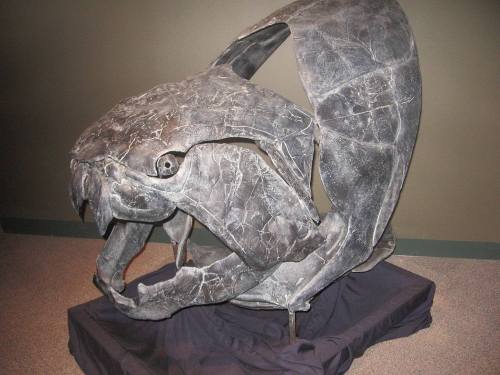

Savage 10 metre fish of the Silurian and Devonian Heavily armoured piscine torpedoes with fierce teeth roamed the oceans in the early days of fishes, in fact the Devonian era is called the age of fishes by palaeontologists as they had a huge burst of speciation and diversified to fill most marine ecological niches during this time. The now extinct (fortunately) class known as placodermi (plate skin in Greek) was the apex predator of these long gone waters, and thrived from 438 to 358 million years ago, dying out at the end Devonian mass extinction (one of the lesser ones).
Keep reading


Look at the bottom gif! The long tentacles are pushed out and parallel to each other while the jelly is motionless. This behavior is predatory, which means that the Marianas Trench Jelly is set in attack mode!
Read more about the 2016 discovery of the Marianas Trench Jelly

Tarantula Nebula by NASA Hubble
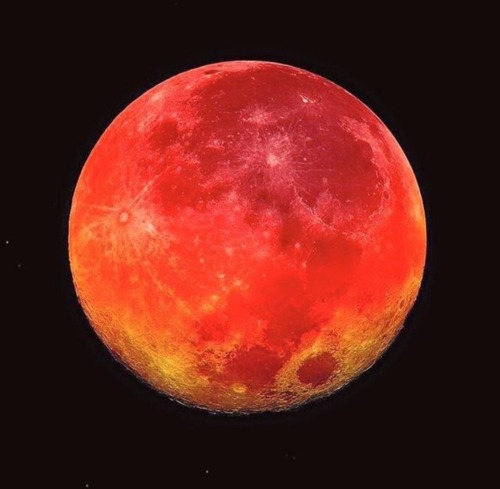

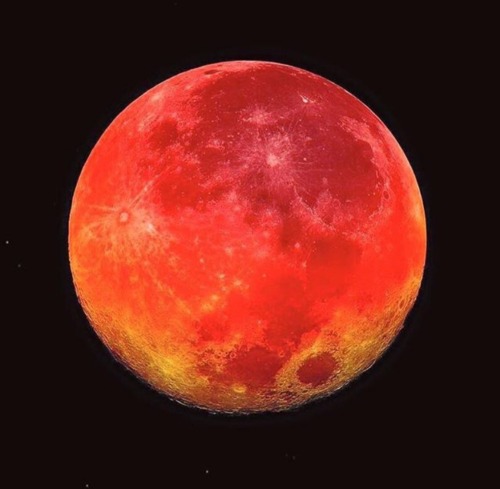
“You’re basically seeing all of the sunrises and sunsets across the world, at once, being reflected off the surface of the moon” – NASA
if you think the ocean now is a scary fuck then you haven’t seen the scary fuck that is the prehistoric ocean
so im watching the history channel on youtube (i could tell you so much on short nosed bears rn) but i just finished watching this thing called the mosasaur and its your pretty basic mega water dinosaur, 50 feet long, eel tail, sonar, doesn’t chew its food etc, but then it got dark
these shits were top predators, no competition whatsoever…..except from themselves. the narrator was saying that even though there was nothing to oppose them, they somehow continued to evolve into like fifty 50 different species of this mega predator. And its really cool because it started as a three foot lizard and in just 6 million years it became “the ultimate success story of evolution”.
they had these weird funky teeth too. not only were they really big and strong like you’d expect but they had teeth in the roof of them mouth cuz they’d slide their dinner down their mouth like a conveyer belt. and since their so big you’d think wow how did no one see them? apparently sea creatures are frickin blind or something bc this megabeasty would just lie on the frickin bottom of the ocean and wait for something to swim up. then it would propel its ass up with this snaky tail and just boosh i ated you
but mosasaurs kept evolving even though they were literally the top predator. why is that?? that doesn’t happen in nature. turns out they were causing themselves to evolve. turns out they’re one of the only species (including humans) that naturally commits murder aka kills their own kind. they’ll bite each others heads until they can get a good grip then one of them snaps the neck. and they didn’t even eat the other guy. they did it. for. fun. (apparently they thrive on violence????)
and im over here going like wtf. but then it got worse. these scary ass motherfuckers began to go anywhere they pleased. they evolved even more and then moved into fresh water. like swamps and rivers. thats terrifying. NOTHING On eARth could stop them.
Nothing on Earth ;) aka enter the extinction comet
BUT then I learned that even the bigass dino killing comet didn’t even kill the thing. They literally had to starve to death because all of their prey died out. NOPE not them. THey didn’t die out because they’re like dinosaur gods or some shit. EVERYTHING DIED BUT THEM
-
 carnivorouscassowary liked this · 2 years ago
carnivorouscassowary liked this · 2 years ago -
 justasaltyseawitch liked this · 3 years ago
justasaltyseawitch liked this · 3 years ago -
 xx-k4nd1-1n-cyb3rsp4c3-xx liked this · 3 years ago
xx-k4nd1-1n-cyb3rsp4c3-xx liked this · 3 years ago -
 tripleshotgun reblogged this · 3 years ago
tripleshotgun reblogged this · 3 years ago -
 starry-shores reblogged this · 3 years ago
starry-shores reblogged this · 3 years ago -
 an-abyss-called-life liked this · 3 years ago
an-abyss-called-life liked this · 3 years ago -
 thesapphirearrow reblogged this · 3 years ago
thesapphirearrow reblogged this · 3 years ago -
 thesapphirearrow liked this · 3 years ago
thesapphirearrow liked this · 3 years ago -
 mad-for-the-hatter liked this · 3 years ago
mad-for-the-hatter liked this · 3 years ago -
 vogel-im-koffing reblogged this · 3 years ago
vogel-im-koffing reblogged this · 3 years ago -
 vogel-im-koffing liked this · 3 years ago
vogel-im-koffing liked this · 3 years ago -
 ohhoneebee liked this · 3 years ago
ohhoneebee liked this · 3 years ago -
 someone-is-bored liked this · 3 years ago
someone-is-bored liked this · 3 years ago -
 arualenna liked this · 3 years ago
arualenna liked this · 3 years ago -
 nuttmeg13 reblogged this · 4 years ago
nuttmeg13 reblogged this · 4 years ago -
 sheliesshattered reblogged this · 4 years ago
sheliesshattered reblogged this · 4 years ago -
 nuttmeg13 reblogged this · 4 years ago
nuttmeg13 reblogged this · 4 years ago -
 sheliesshattered reblogged this · 4 years ago
sheliesshattered reblogged this · 4 years ago -
 curious-sootball liked this · 4 years ago
curious-sootball liked this · 4 years ago -
 fallenangelfish liked this · 4 years ago
fallenangelfish liked this · 4 years ago -
 skittles-archive liked this · 4 years ago
skittles-archive liked this · 4 years ago -
 flybi91 reblogged this · 4 years ago
flybi91 reblogged this · 4 years ago -
 seren-pen liked this · 4 years ago
seren-pen liked this · 4 years ago -
 canadianbakinblr liked this · 4 years ago
canadianbakinblr liked this · 4 years ago -
 bitchqueen1114 reblogged this · 4 years ago
bitchqueen1114 reblogged this · 4 years ago -
 bitchqueen1114 liked this · 4 years ago
bitchqueen1114 liked this · 4 years ago -
 nuttmeg13 reblogged this · 4 years ago
nuttmeg13 reblogged this · 4 years ago -
 harpergetsfannish liked this · 4 years ago
harpergetsfannish liked this · 4 years ago -
 nuttmeg13 liked this · 4 years ago
nuttmeg13 liked this · 4 years ago -
 sheliesshattered reblogged this · 4 years ago
sheliesshattered reblogged this · 4 years ago

Amateur astronomer, owns a telescope. This is a side blog to satiate my science-y cravings! I haven't yet mustered the courage to put up my personal astro-stuff here. Main blog : @an-abyss-called-life
212 posts

